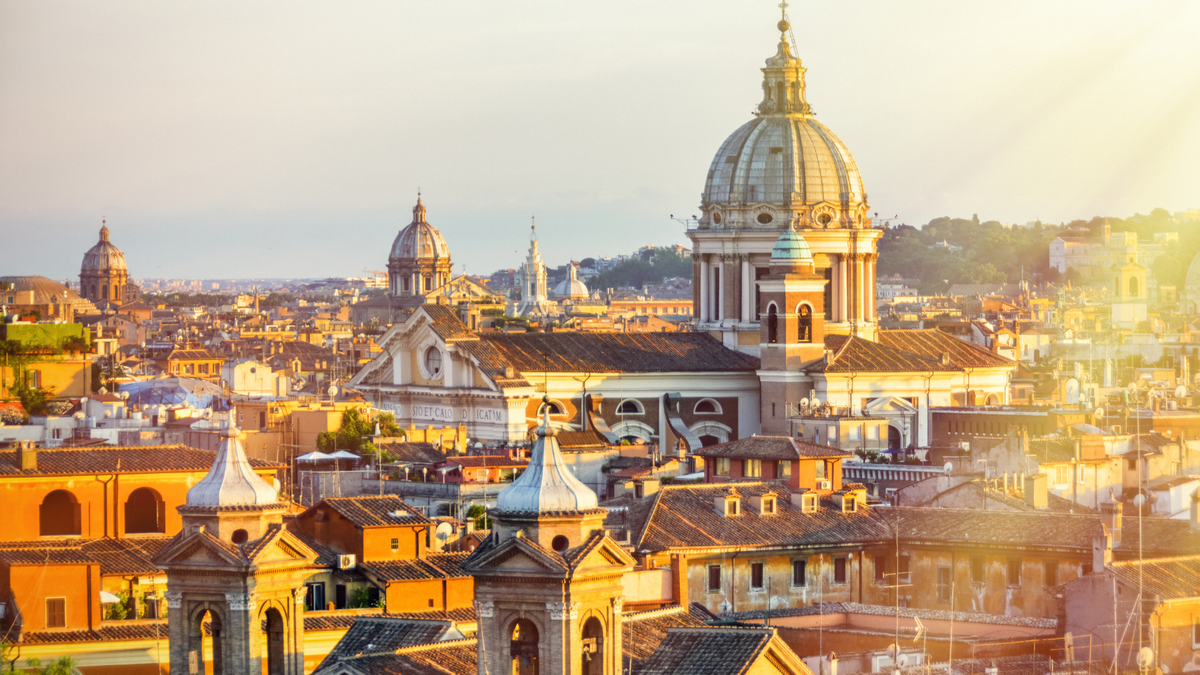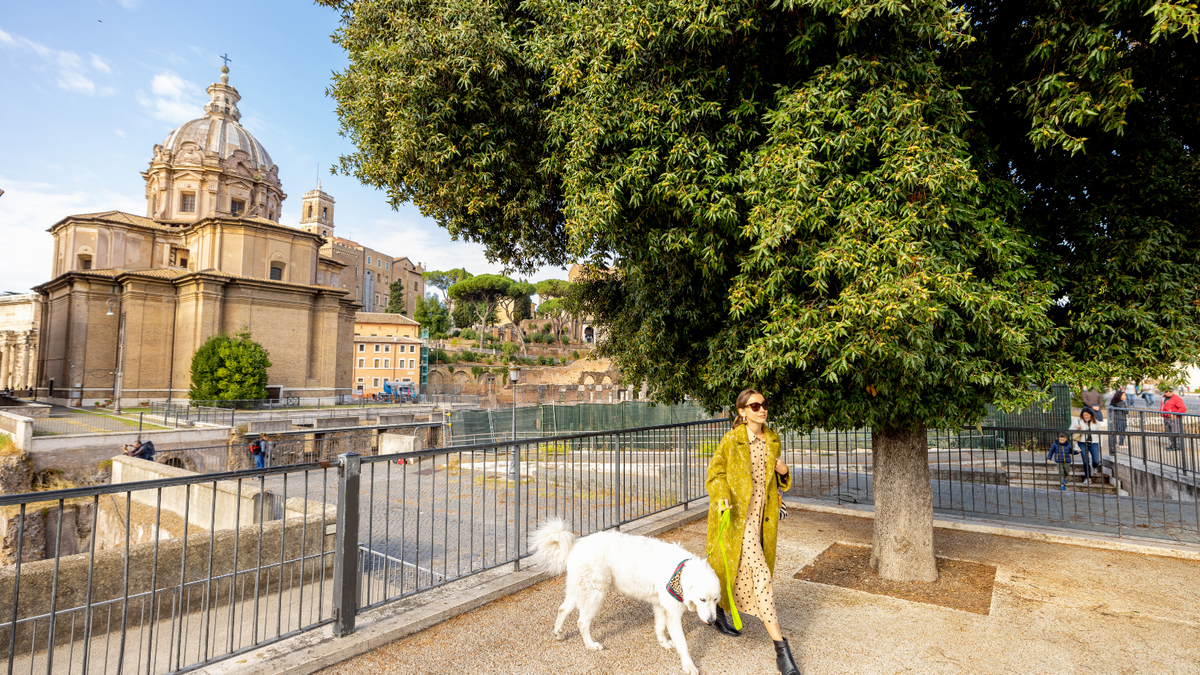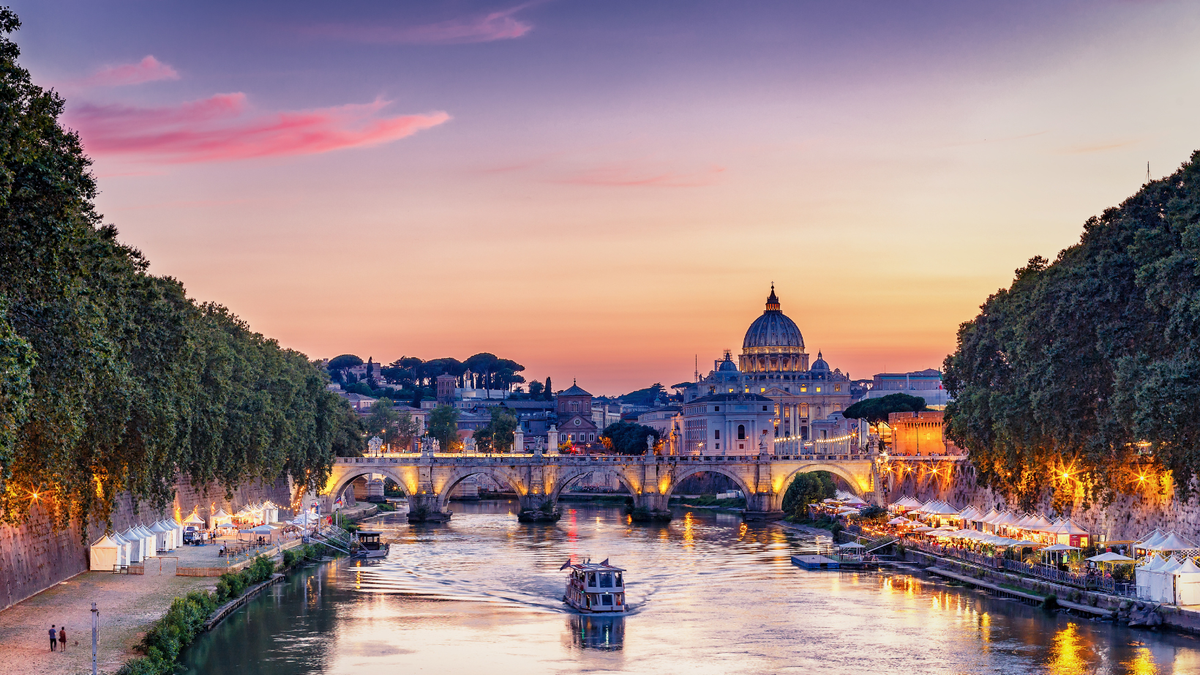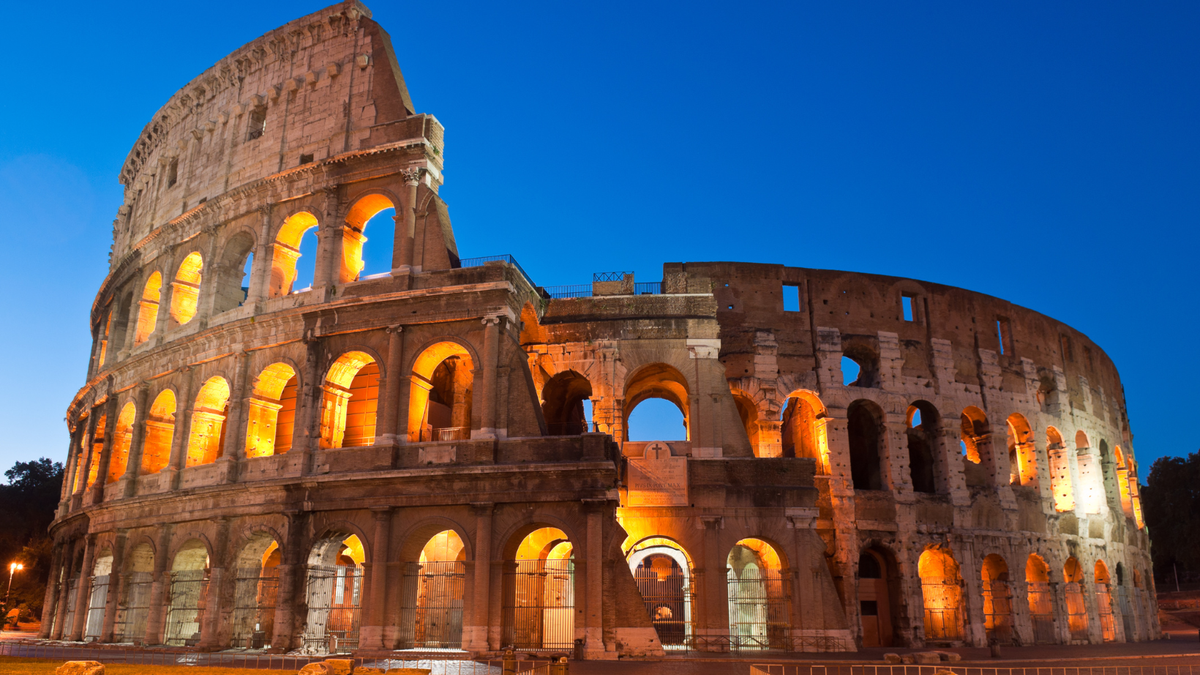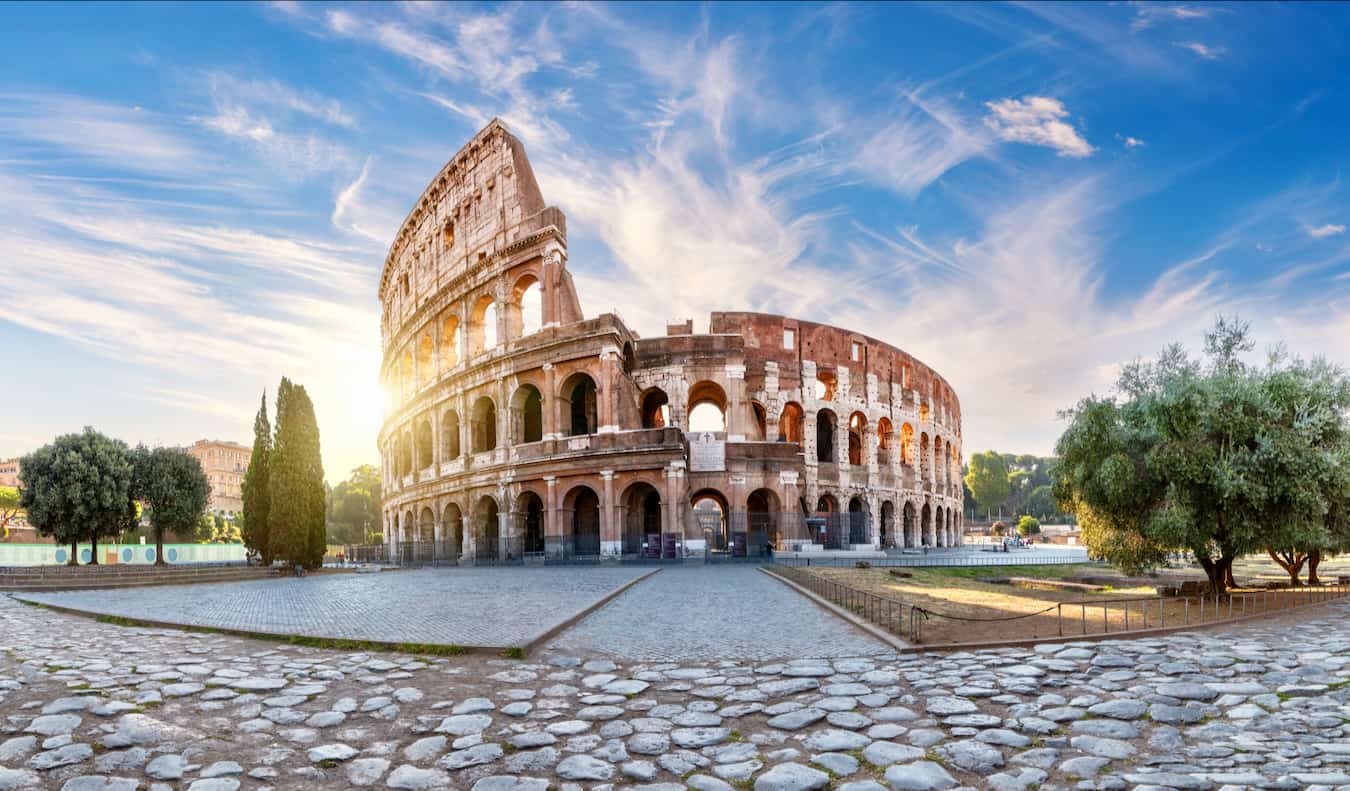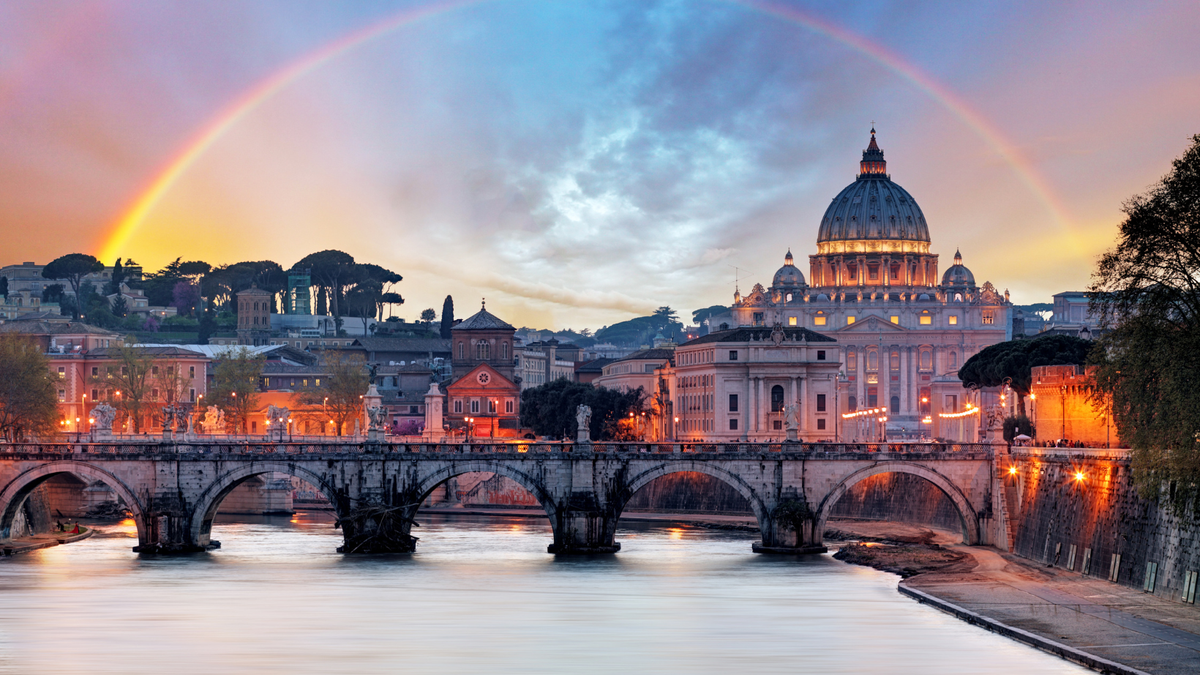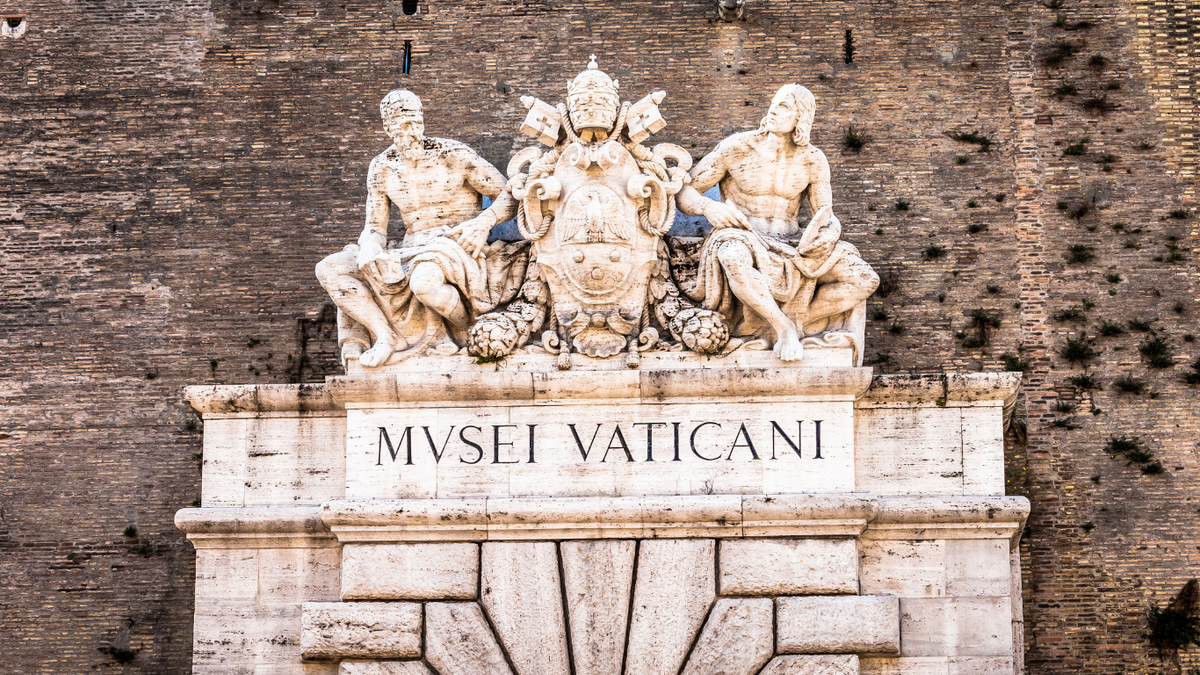Cost To Visit Rome: Complete 2025 Budget Guide
This Rome travel budget guide will help you estimate the your daily cost when visiting the city, including accommodation, food, attractions, and more.
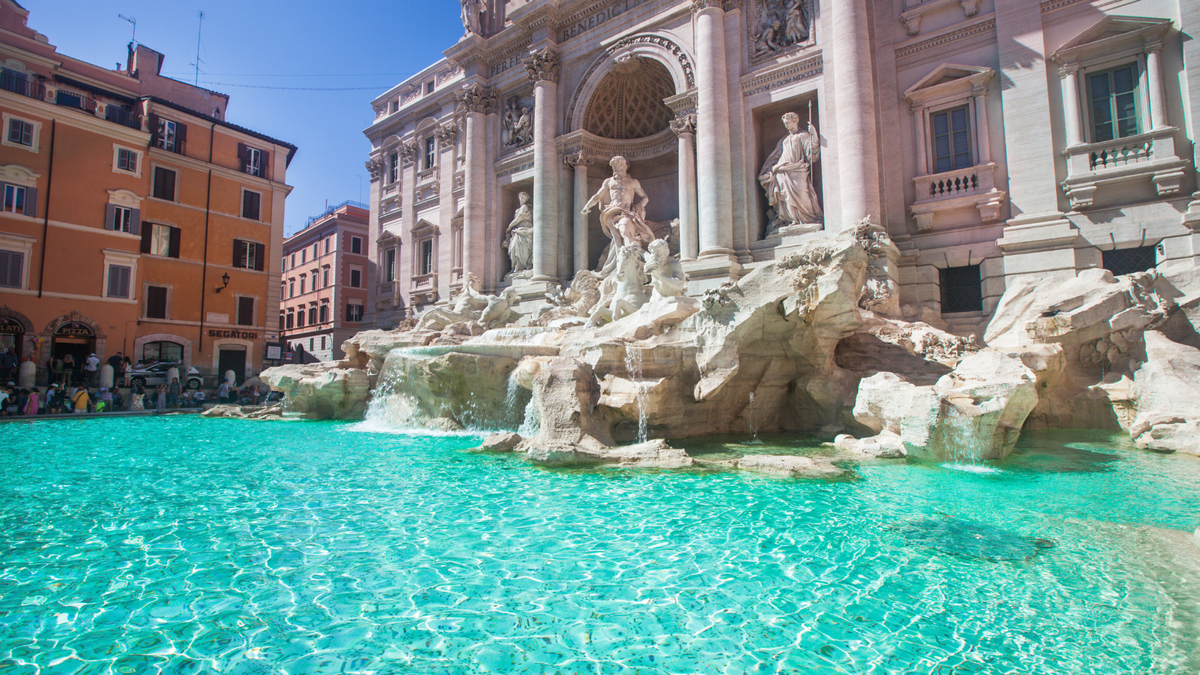
The cost to visit Rome, from accommodations, food, attractions, and transportation, we’ll cover it all. You’ll learn how costs fluctuate with the seasons and how to plan your trip around peak and off-peak times to maximize your budget. By the time we're done, you'll have a clear picture of what to expect your cost to be when visiting Rome.
Table of Contents
Is Rome Expensive To Visit?
Rome is considered a moderately expensive destination compared to typical U.S. travel costs, but it remains more affordable than cities like Paris or London. For Italy, Rome tends to be on the pricier side due to its immense popularity and globally renowned attractions. In this guide, we’ll break down the cost of visiting Rome across different seasons, including lodging, food, and attractions, and explain how the area you choose to stay in can affect your overall budget.
Not A Member? ✈️
Save Up To 95% On Flights With Our Airline Mistake Fare & Flash Sales Alerts
Seasonal Cost
The time of year you choose to visit Rome will significantly affect your trip's overall cost. Factors like weather, holiday seasons, and the number of visitors can influence flight prices, hotel rates, and the overall experience of the city.
Peak Season (June–August)
Rome's peak season runs from June to August due to the warm weather and many visitors taking advantage of the summer break. During this time, the city is full of tourists, and as a result, accommodation and flight costs are at their highest. If you’re visiting Rome in the summer, be prepared for higher prices and a bustling atmosphere at popular attractions.
Shoulder Season (April–May, September–October)
The shoulder seasons are considered the ideal time to visit for many travelers, as the weather is still pleasant, but the city isn’t as crowded as during the peak months. April, May, September, and October offer a perfect mix of affordable prices and fewer tourists while still enjoying the beauty of Rome in spring and fall. Hotel prices and flights tend to be more reasonable, and it’s easier to visit major sites without long wait times.
Off-Season (November–March)
Although Rome doesn’t have a traditional off-season, the winter months from November to March are generally quieter, with fewer tourists visiting the city. This is a great time to find deals on accommodation and cheaper flights. While the weather will be cooler, it’s a perfect time for travelers looking to experience the city at a slower pace and take advantage of lower costs on everything from hotels to dining.
Most Expensive Times to Visit Rome
The most expensive times to visit Rome are during the summer months from June to August, when the warm weather and summer break draw the highest number of tourists. Additionally, major holidays like Easter, Christmas, and New Year’s Eve can cause an increase in prices for accommodations and flights. Special events such as the Rome Film Fest in October also lead to higher costs in certain parts of the city.
Cheapest Months to Visit Rome
The cheapest months to visit are during the off-season, typically from November to February, with the exception of the Christmas and New Year’s holidays. January and February offer particularly low accommodation rates and cheaper flights, making it an ideal time for budget-conscious travelers. The cooler weather brings fewer crowds, allowing for a more relaxed exploration of the city's historic sites.
Where You Stay
Your choice of neighborhood or area in Rome can significantly impact your travel budget. Different districts have varying levels of affordability, and proximity to major attractions like the Colosseum or Vatican will influence hotel rates and dining costs.
Most Expensive Areas Of Rome to Stay In
- Centro Storico (Historic Center):
- The Centro Storico is the heart of Rome, home to landmarks like the Pantheon, Piazza Navona, and the Trevi Fountain. This area is ideal for those who want to be in the middle of everything.
- Pros: Walking distance to major attractions, lively atmosphere.
- Cons: Higher accommodation prices due to its central location and popularity.
- Tridente and Spanish Steps:
- Known for its high-end shopping and luxury hotels, the area around the Spanish Steps and Via Condotti is a great choice for those looking for a more upscale experience.
- Pros: Excellent shopping, luxury dining, scenic views.
- Cons: Prices for hotels and restaurants tend to be higher compared to other areas.
Affordable Areas of Rome to Stay In
- Monti:
- Monti is a trendy neighborhood just a short walk from the Colosseum, offering a mix of boutique hotels and great restaurants.
- Pros: A vibrant area with affordable mid-range hotels, lively nightlife.
- Cons: Fewer luxury hotel options.
- Testaccio:
- A local favorite, Testaccio is known for its incredible food scene and laid-back vibe. It’s a great spot for travelers looking for a more authentic Roman experience.
- Pros: Affordable accommodation, authentic food scene.
- Cons: Slightly farther from major tourist attractions, but easily accessible by public transportation.
Cheapest Areas of Rome to Stay In
- San Giovanni:
- A quiet residential neighborhood, San Giovanni offers some of the most affordable accommodation options while still being well-connected to the rest of the city by metro.
- Pros: Budget-friendly, quieter than central areas, great public transport links.
- Cons: Fewer nearby tourist attractions, but major sites are easily accessible by metro.
- Ostiense:
- Known for its industrial charm and hipster vibe, Ostiense is an up-and-coming neighborhood that offers great deals on hotels and dining.
- Pros: Affordable and trendy, with excellent restaurants.
- Cons: A bit farther from major sights, though connected by metro.
Estimated Daily Expenses When Visiting Rome
Avg. Accommodation Cost
- Budget Travelers: €50–€80/night ($54–$87 USD)
- Moderate Travelers: €100–€200/night ($109–$218 USD)
- Luxury Travelers: €300+/night ($327+ USD)
Food Cost In Rome
- Budget Travelers:
- Breakfast: €3–€5 ($3.27–$5.45 USD)
- Lunch: €8–€12 ($8.72–$13.08 USD)
- Dinner: €12–€20 ($13.08–$21.81 USD)
- Moderate Travelers:
- Breakfast: €5–€8 ($5.45–$8.72 USD)
- Lunch: €12–€20 ($13.08–$21.81 USD)
- Dinner: €20–€40 ($21.81–$43.63 USD)
- Luxury Travelers:
- Breakfast: €10+ ($10.90+ USD)
- Lunch: €30+ ($32.72+ USD)
- Dinner: €50+ ($54.54+ USD)
Transportation Cost In Rome
- Budget Travelers:
- Public transport (Metro, buses): €1.50 per ride or €7 daily pass ($1.63–$7.63 USD)
- Scooter rentals: €20/day ($21.81 USD)
- Moderate Travelers:
- Taxi: €10–€20 ($10.90–$21.81 USD) for short distances within the city center
- Ride-sharing: €15–€30 ($16.35–$32.72 USD)
- Luxury Travelers:
- Private car service: €200+/day ($218+ USD)
Cost of Popular Attractions In Rome
Colosseum (including Roman Forum and Palatine Hill)
- Entry Cost: €18 ($19.63 USD) for standard entry
- Includes: Colosseum, Roman Forum, Palatine Hill
Vatican Museums (including Sistine Chapel)
- Entry Cost: €17 ($18.54 USD) for standard entry
- Reduced Cost: €8 ($8.72 USD) for children aged 6–18 and students under 25
St. Peter's Dome (Climb)
- Entry Cost: €10 ($10.90 USD) with elevator
- Stairs Only: €8 ($8.72 USD) for those climbing entirely by stairs
Galleria Borghese
- Entry Cost: €15 ($16.36 USD) for standard entry
- Reduced Cost: €8.50 ($9.27 USD) for students and children
Capitoline Museums (Musei Capitolini)
- Entry Cost: €15 ($16.36 USD) for standard entry
- Reduced Cost: €13 ($14.18 USD) for EU citizens aged 18–25
Castel Sant'Angelo
- Entry Cost: €15 ($16.36 USD) for standard entry
- Reduced Cost: €7 ($7.63 USD) for certain groups
Baths of Caracalla (Terme di Caracalla)
- Entry Cost: €8 ($8.72 USD) for standard entry
- Reduced Cost: €4 ($4.36 USD) for certain groups
MAXXI (National Museum of 21st Century Art)
- Entry Cost: €12 ($13.08 USD) for standard entry
- Reduced Cost: €9 ($9.81 USD) for students and specific age groups
Ara Pacis Museum
- Entry Cost: €13 ($14.18 USD) for standard entry
- Reduced Cost: €11 ($11.99 USD) for specific groups
Domus Aurea (Nero’s Golden House)
- Entry Cost: €16 ($17.45 USD) for standard entry
- Guided Tours: Available at an additional cost
Cost For 7 Nights In Rome
7 nights in Rome, covering accommodation, food, attractions, and transportation for budget, moderate, and luxury travelers:
Budget Traveler:
- Total Cost (in Euros): €1064
- Total Cost (in USD): $1160
Moderate Traveler:
- Total Cost (in Euros): €2103.50
- Total Cost (in USD): $2292.82
Luxury Traveler:
- Total Cost (in Euros): €3427
- Total Cost (in USD): $3736
Daily Average Cost
If you prefer to know a daily breakdown of the cost in Rome, including accommodations, food, attractions, and transportation for budget, moderate, and luxury travelers:
Budget Traveler:
- Daily Average (in Euros): €152
- Daily Average (in USD): $165.68
Moderate Traveler:
- Daily Average (in Euros): €300.50
- Daily Average (in USD): $327.55
Luxury Traveler:
- Daily Average (in Euros): €489.57
- Daily Average (in USD): $533.63
These daily averages give you a clear idea of what to budget for each day of your trip depending on your travel style. Let me know if you'd like more details!
Looking For Something Else In Rome?
- Rome's Must-See Attractions
- Best Things To Do In Rome During Off-Season
- Free Things To Do In Rome
- Best Time To Visit Rome
- Best Areas of Rome To Stay For A Luxury Experience
- Best Neighborhoods In Rome To Stay In
- Best Beaches Close To Rome
- Cost To Visit Rome: Travel Budget Guide
- The Colosseum: Rome's Top Attraction
Frequently Asked Questions
Is Rome a lot cheaper to visit in the off-season?
Yes, Rome is significantly cheaper to visit during the off-season, typically from November to March (excluding the Christmas and New Year's holidays). You can expect to spend about 20-40% less on accommodation and flights compared to the peak summer months. Many attractions also have shorter lines and sometimes offer reduced entry fees during this time, making it a more budget-friendly period to explore the city.
What are the cheapest neighborhoods in Rome to stay in?
The cheapest neighborhoods in Rome to stay in are typically San Giovanni, Ostiense, and Pigneto. These areas offer more affordable accommodations while still providing good public transportation connections to the city center. They are slightly removed from the main tourist areas, but that helps keep costs down without sacrificing convenience.
Do many hotels include free breakfast?
Yes, many hotels in Rome, especially mid-range and luxury accommodations, include free breakfast as part of the stay. However, it's always good to check in advance, as this may vary by hotel, especially for budget accommodations or apartment rentals.
Do most hotels charge for parking in Rome?
Yes, most hotels in Rome charge for parking, especially those located in the city center. The fees for parking can range from €20–€40 per day ($22–$44 USD). Hotels further away from central areas might offer cheaper parking rates, but it’s always best to confirm in advance.
What hotels offer free parking in Rome?
Hotels offering free parking in Rome are usually located outside the historic center or in more residential areas. Some hotels that offer free parking include:
- Hotel Artemide (Via Nazionale area)
- Villa Duse (Parioli district)
- Hotel Pineta Palace (outside the city center)
For more options, consider checking apartment rentals or smaller boutique hotels outside the main tourist areas where free parking is more common.
Related Post



